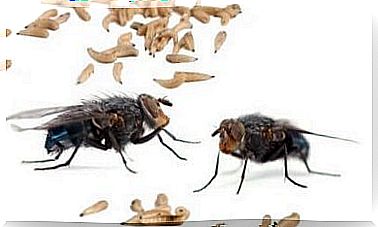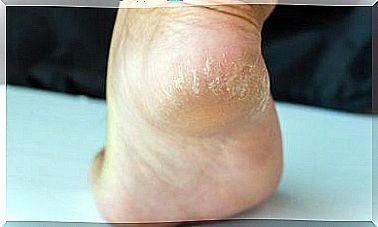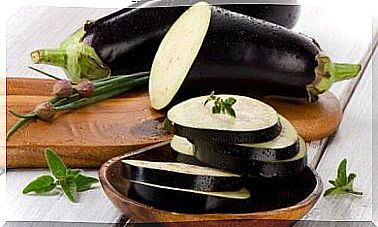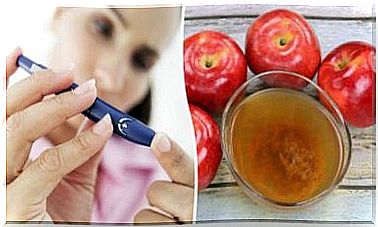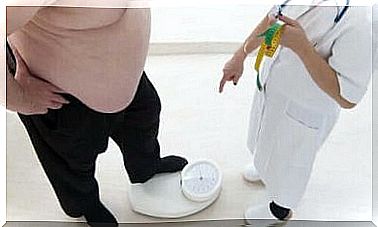How To Consume Seaweed And What Is Its Nutritional Value?
Due to their high content of vitamins and minerals, algae can be very beneficial in the treatment of anemia and other nutrient deficiency situations.
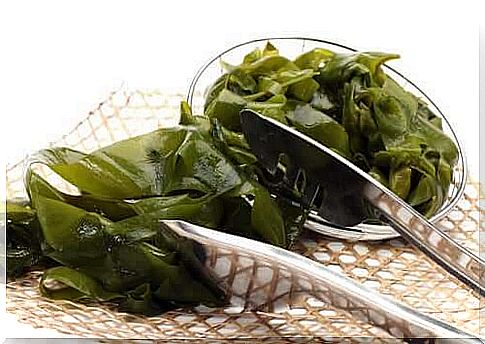
Surely you have ever read a recipe where one of the ingredients was seaweed and wondered how it is eaten, where we can buy it or if it is necessary to boil it. In this article, we will tell you more about how we can consume seaweed as well as the nutritional benefits of this ingredient which is increasingly present in popular gastronomy.
The different types of algae
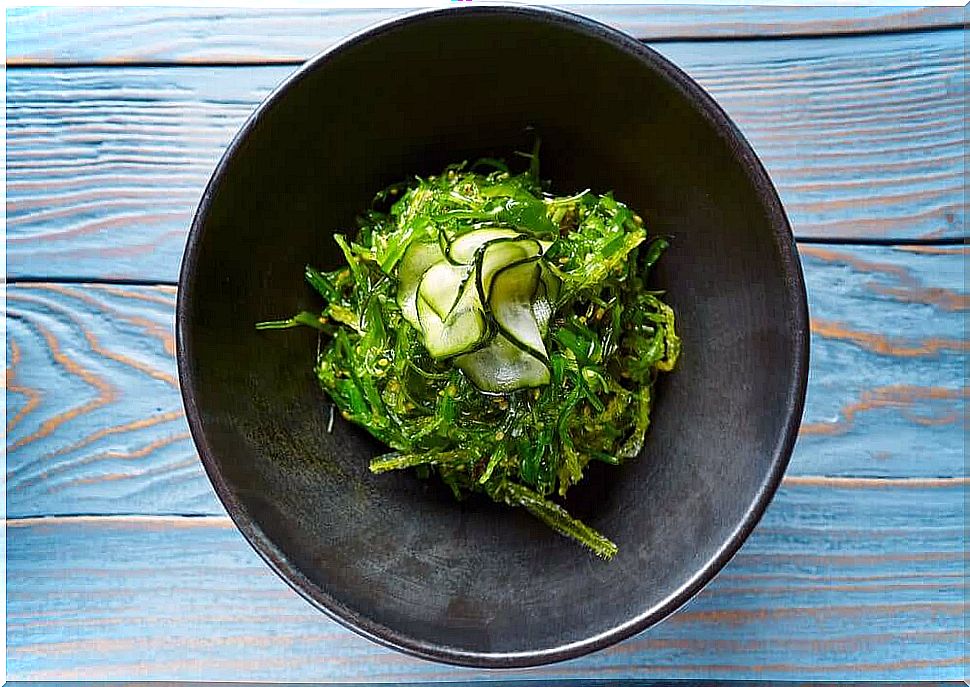
The first thing to know before consuming algae is that it can be divided into 3 large groups: brown algae, red algae and blue algae.
Brown algae
- Nori: they are rich in protein and vitamin A. They can be mixed with fried foods
- Nishime Kombu: they bring potassium and iodine, as well as a sweet flavor to the dishes they decorate
- Ito Wakame: they go well with cooked vegetables and offer calcium, vitamins B and C as well as potassium
- Hiziki: they can be eaten with vegetables such as carrots or beets. They contain large amounts of potassium, calcium and iron
- Arame: white and with a light flavor, these algae are rich in iodine and calcium
- Alaria: they are rich in minerals and vitamins. They are used to prepare soups
Red algae
- Dulse: they go very well with cooked cereals and provide iron, phosphorus and potassium
- Agar-agar: this is a kind of soft and very nutritious gelatin, particularly rich in fiber
- Carragaheen: these algae have a high content of complex carbohydrates, as well as calcium and potassium
Blue algae
- Spirulina : it is rich in amino acids and proteins. On the market, it is found in tablet form or in powder to mix with cereals, yogurt, fruit juice or milk.
Tips for preparing seaweed
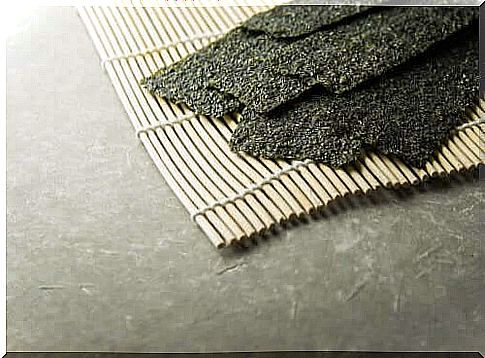
- In order to remove salt and sand, they must be washed thoroughly in cold water.
- It is necessary to soak all algae, regardless of their group, for at least 20 minutes, so that they take 7 times their size and volume.
- Green algae, once soaked, can be cut into strips in the direction of growth. Red algae can be chopped, cooked whole or dried. As for the agar-agar, it can be cut “freely” before or after having soaked it.
Preparation tips
- The Wakame seaweed, Nori, chlorella, kelp, spirulina or Dulse can be eaten without cooking
- The aglue Kombu requires at least 45 minutes of soaking and then a half hour of cooking. The broth then obtained can be used in the preparation of soup or sauces, or to decorate the vegetables to give them a different flavor.
- It is best to consume Hijiki seaweed during the winter months. They have a strong flavor, yet they are generally used very little. It can be used to make soups or stews. It is necessary to soak them for 30 minutes, and then cook them also for 30 minutes. On the other hand, it is not recommended to reheat them.
- If you can use Wakame seaweed in dozens of dishes, it is nevertheless the ingredient par excellence in miso soup. It takes about 15 minutes of soaking and 10 of cooking. It can also be eaten raw in salads
- In the case of Nori seaweed, soaking is not mandatory and you can eat it toasted, using a pan directly on the heat, until a shade between golden and green is obtained. Then cut it into small pieces with a scissor and crush them at home. You can sprinkle your soups or cereals!
- The algae Kanten is mainly used in cold sauces, creams, puddings, salads, fruit gelatin or as an thickener in soups and soups
Good reasons to consume seaweed
They have great nutritional value
Indeed, algae:
- Are good for people with diabetes: they have a mild flavor but contain only complex sugars. Thus, they do not increase the level of glucose in the blood
- Are excellent for vegetarians: they offer high amounts of protein and are therefore very interesting for vegans and vegetarians. Spirulina offers more of these nutrients than eggs, fish and meat
- Cover the daily iron needs: especially spirulina, which contains a lot of it, namely 7 times more than cereals and spinach. It is recommended to consume it in cases of anemia or general weakness.
- Act against hypertension: algae regulate the cardiovascular system and help fight high blood pressure
They keep our body in a healthy state
The seaweeds :
- Improve eyesight: in fact, they have a high vitamin A content. In this case, Nori seaweed and spirulina are particularly recommended.
- Calms coughs: they are also very good for treating flu and colds. In traditional medicine, they are used as a tonic for the respiratory system by mixing them with honey and lemon juice.
- Maintain healthy skin and hair: they contain vitamin A (more than wheat germ), known as the beauty and longevity vitamin. Some algae also contain zinc, which is effective in the treatment of acne. Others give shine to the hair
- Good for bones and teeth: Dry Hikjki seaweed contains 15 times more calcium than milk. As well as spirulina and Wakame algae, the consumption of which is recommended to prevent osteoporosis or to help rebuild a broken bone.
For the digestive system
The seaweeds :
- Help digestion and intestinal transit if eaten with vegetables, because of their fiber intake. The same happens when eaten with fried foods, as seaweed allows for better digestion.
- Cleanse the intestine: they cleanse this organ thanks to the alginic acid they contain, which eliminates toxins that settle on the walls of the colon. They are used as a natural remedy for colitis
- Lower cholesterol: they contain 5% unsaturated fats which reduce the levels of “bad” cholesterol, and do not contain saturated fats and fibers
Now that you have discovered all of their health benefits, surely you want to consume seaweed more frequently. You can include them in your traditional dishes or create unique preparations based on these marine plants. Do not wait any longer !


